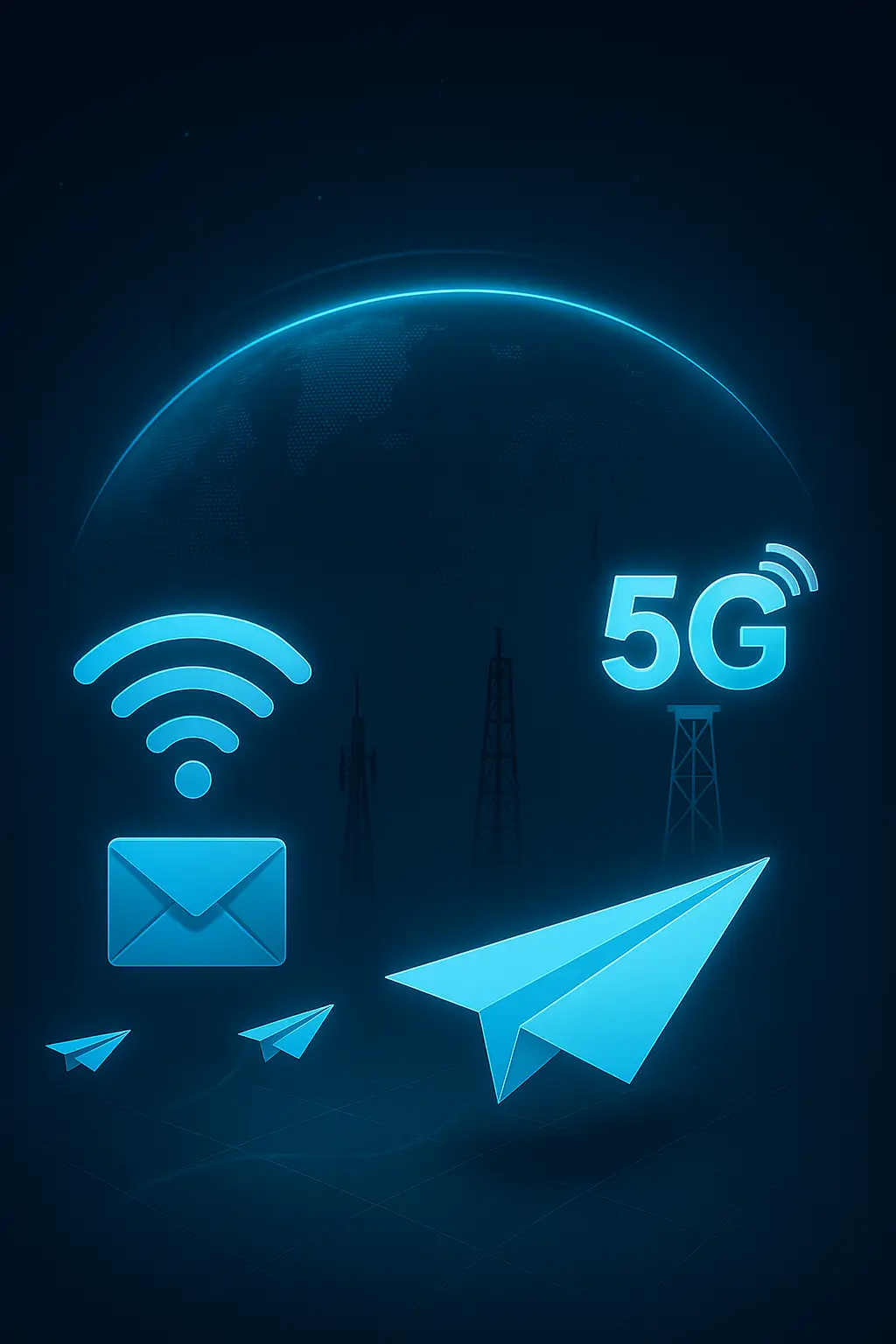5G has driven continuous innovation and brought cutting-edge technologies, such as virtual reality, augmented reality, big data, artificial intelligence, and cloud computing, into our daily lives. Under such remarkable progress, indoor coverage has become an important part of 5G network deployment.
But why has indoor coverage become so important in just a few years? Let’s first see some facts.
- Traffic: In the 5G era, more and more types of indoor services keep popping up, posing higher requirements on indoor traffic. Capacity for such traffic can be precisely solved by indoor coverage solutions.
- 70% of the ten application scenarios are related to indoor services.
- According to big data statistics, 80% of data traffic is generated indoors in the 5G era, and the growth of indoor traffic is twice as fast as for outdoor traffic.
- An indoor hotspot network requires a high traffic volume beyond the capacity provided by a macro base station. Indoor coverage makes up for this gap

- Coverage: Indoor coverage is insufficient due to the wall penetration loss of outdoor signals. And the penetration loss is only made worse with 5G high-frequency signals, leading to more areas with weak coverage. As such, independent indoor distributed systems are needed more than ever.
Building penetration loss refers to the field strength attenuation caused by buildings during the propagation of electromagnetic waves from an outdoor to indoor environment. Generally, outdoor macro cellular base stations are used to provide outdoor wide-area coverage for a cellular mobile communications network. However, radio signals experience penetration loss when being transmitted from an outdoor to indoor environment, negatively affecting the coverage performance. This loss must be resolved for indoor coverage.
In the frequency bands of mobile communications, higher frequency radio signals experience greater penetration loss for most buildings except special buildings such as warehouses with metal walls. And as 5G signals work on higher frequencies to achieve ultra-high spectrum bandwidth, they inherently experience greater penetration loss. The following figure shows the penetration loss of mmWave signals penetrating walls of different materials. The penetration loss caused by common concrete walls exceeds 60 dB.

With such penetration loss, dedicated indoor distributed networks must be deployed to ensure indoor services.
- Experience: In the 5G era, indoor services require higher bandwidth and lower latency. Only indoor coverage can meet user experience requirements.
5G services have higher requirements on network performance. The following figure shows the performance requirements of 5G hotspot services. Indoor coverage is required to ensure user experience.

Follow our 5G Indoor Planning Training to learn more how to ensure the 5G indoor capacity and coverage
Benefit from Massive discount on our 5G Training with 5WorldPro.com
Start your 5G journey and obtain 5G certification
contact us: contact@5GWorldPro.com


